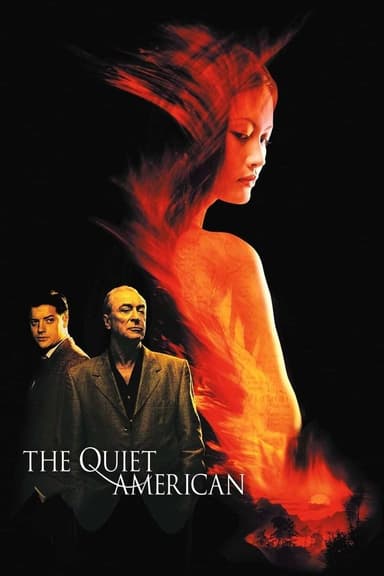
The Americanization of Emily
1964 • Comedy, Drama, Romance, War • NR
American sailor Charlie Madison falls for a pretty Englishwoman while trying to avoid a senseless and dangerous D-Day mission concocted by a deranged admiral.
Runtime: 1h 55m
Why you should read the novel
Discover the original voice behind The Americanization of Emily by William Bradford Huie, a razor-sharp WWII novel whose wit, moral complexity, and inside-baseball view of military bureaucracy go far beyond the screen. If you loved the film’s sparkling dialogue, the book’s bracing candor and detail will pull you even deeper into its world.
Huie’s novel turns London’s home front into a vivid stage where love, survival, and official hypocrisy collide. Through the eyes of a seasoned “dog-robber” who procures luxuries for brass, the book explores the messy logistics, backroom deals, and human costs that movies only hint at. It’s immersive, uncompromising, and darkly funny.
Choose the source material for a fuller, richer experience: nuanced characters, thornier ethical questions, and a satirical lens that skewers the mythology of wartime heroism. For fans of antiwar literature, D-Day history, and incisive social critique, Huie’s novel is the essential read.
Adaptation differences
Tone and theme shift significantly from page to screen. The film leans into a bold, pacifist satire with sparkling set-piece speeches, while Huie’s novel balances its antiwar bite with reportorial detail, moral ambiguity, and a more granular look at how institutions manufacture heroism.
Characterization grows deeper in the book. Charlie Madison’s “proud coward” stance is forcefully articulated in the film, but the novel surrounds him with additional context, contradictions, and consequences. Emily’s grief, resilience, and agency are explored with greater texture on the page, and the supporting world of aides, officers, and opportunists—the entire “dog-robber” subculture—is more fully realized.
Scope and focus diverge. The movie compresses events into a tight, romance-forward narrative orbiting D-Day, whereas the novel offers a broader canvas of procurement missions, London society, and the ethics of comfort in wartime. Even the notorious “first dead American on D-Day” scheme is set up and processed differently, with the book devoting more attention to motivations, logistics, and aftermath.
Message and finish vary in emphasis. The film’s conclusion crystallizes a clear anti-heroism thesis within a buoyant romantic frame. The novel leaves a more unsettled aftertaste, inviting readers to wrestle with complicity, cowardice, and public narratives of valor, and it generally treats adult themes and wartime realities with frankness the screen softens.
The Americanization of Emily inspired from
The Americanization of Emily
by William Bradford Huie










